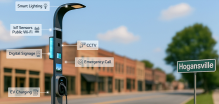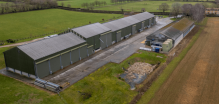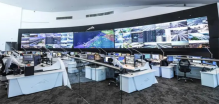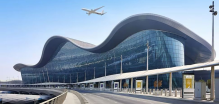Before this project, TfL’s cycle route planning strategy has been reliant upon carrying out manual traffic counts on roads. This has allowed them to determine the demand for new cycle routes and helps them make their operation allocation and road networks more efficient as the number of cyclists in the city persists to increase.
The new initiative will prove to be very beneficial as manual traffic counts can only be carried out in specific locations for a limited amount of time and have previously only ensured that the TfL would get a relatively low amount of insights into the situation.
Vivacity Labs has been providing TfL with sensors since 2018, in order to trial the technology in two very busy locations. The AI-powered sensors detect the mode of transport which the road user is using. As a result of this, the Vivacity sensors were almost 98 percent more accurate than the manual methods which were previously used.
The function of these sensors is to carry out a 24 hour analysis in order to gather data to give the TfL greater insight into how the roads are being used throughout the day and night.
TfL’s director of network management, Glynn Barton stated, “We work around the clock to keep people in London moving and we’re always looking for innovative new ways of making our road safer and more efficient. New data from trials such as this will be really valuable as we invest and make day-to-day decisions to enable more people to walk and cycle.”
The initiative is part of the TfL’s modernization program to manage the city’s congestion problem more efficiently. It also works towards fulfilling the Mayor of London, Sadiq Khan’s, strategy to transform transportation in the city with the aim of ensuring that 80 percent of journeys in London are made by foot or cycling. This is part of an initiative to not only decrease congestion, but to also tackle the issue of pollution and ensure healthier lives for the mega-city’s residents.
43 more Vivacity sensors are to be placed in 20 of London’s central locations.
Will Norman, London’s Walking and Cycling Commissioner, said, “By getting more people cycling and walking, we can help to tackle congestion and pollution in London and improve our health.”
He added, “Our Healthy Streets approach is based on evidence and data and we welcome new technology that supports this.”


















